Teagasc is suggesting to meet guidelines and targets set out in the marginal abatement cost curve (MACC) for reducing greenhouse gas (GHG) emissions, a maximum of eight billion litres of milk or 1.78m dairy cows and 890,000 suckler cows are needed in the Republic of Ireland. In response to queries from the Irish Farmers Journal, Teagasc has said these are the upper limits for any of the scenarios depicted in the Teagasc roadmap for reducing GHGs.
Statistics from the Irish Cattle Breeding Federation (ICBF) suggest dairy cow numbers are trending upwards by 2% per year for the last three years
The targets and actions set out in the MACC by Teagasc form the agri-industry policy for reducing GHGs.
A big part of the MACC delivery is around EBI gain and producing cows with better fertility and increased efficiency. However, all of these EBI gains are required at the 1.78m cow ceiling suggested by Teagasc. Indeed, statistics from the Irish Cattle Breeding Federation (ICBF) suggest dairy cow numbers are trending upwards by 2% per year for the last three years and are predicted to increase further in 2021.
Clarity
Speaking to the Irish Farmers Journal, Teagasc researcher Gary Lanigan said: “The way we get at reductions in EBI is we run GHG models with lower-EBI cows and then run them again with higher-EBI cows and what happens is you need less animals to produce your milk target. The way EBI efficiencies work is they avoid emissions by needing fewer cows to deliver a given level of milk production. This then dampens emissions associated with that level of milk production.”
Lanigan is clear on where the issues are. He said absolute GHG reductions from better breeding, etc, only kick in if there is a limit. He said: “GHG reductions from efficiency measures – dairy, beef genomics, etc – will only kick in when there is a ceiling on animals or on milk production.
Will GHGs limit livestock numbers in Ireland? I don’t think so in the short term
What will happen otherwise, particularly with milk production, is that if you have an efficient system you will just produce more. The analogy I use is if fuel is cheaper you drive your car more and hence you get a rebound effect.”
When asked if GHGs would limit production or livestock numbers, Lanigan is less clear. “Will GHGs limit livestock numbers in Ireland? I don’t think so in the short term. I think ammonia and nitrates targets will be a more pressing limit before GHGs, especially in terms of artificial nitrogen. There are moving issues at play – a beef sector threatened by a hard Brexit and COVID restrictions. On the dairy side, we must be careful not to impact on grass productivity?, as any move towards a greater level of indoor milk production will not be helpful at all, especially from an ammonia perspective.”
Read more
Key numbers for each livestock sector
Teagasc is suggesting to meet guidelines and targets set out in the marginal abatement cost curve (MACC) for reducing greenhouse gas (GHG) emissions, a maximum of eight billion litres of milk or 1.78m dairy cows and 890,000 suckler cows are needed in the Republic of Ireland. In response to queries from the Irish Farmers Journal, Teagasc has said these are the upper limits for any of the scenarios depicted in the Teagasc roadmap for reducing GHGs.
Statistics from the Irish Cattle Breeding Federation (ICBF) suggest dairy cow numbers are trending upwards by 2% per year for the last three years
The targets and actions set out in the MACC by Teagasc form the agri-industry policy for reducing GHGs.
A big part of the MACC delivery is around EBI gain and producing cows with better fertility and increased efficiency. However, all of these EBI gains are required at the 1.78m cow ceiling suggested by Teagasc. Indeed, statistics from the Irish Cattle Breeding Federation (ICBF) suggest dairy cow numbers are trending upwards by 2% per year for the last three years and are predicted to increase further in 2021.
Clarity
Speaking to the Irish Farmers Journal, Teagasc researcher Gary Lanigan said: “The way we get at reductions in EBI is we run GHG models with lower-EBI cows and then run them again with higher-EBI cows and what happens is you need less animals to produce your milk target. The way EBI efficiencies work is they avoid emissions by needing fewer cows to deliver a given level of milk production. This then dampens emissions associated with that level of milk production.”
Lanigan is clear on where the issues are. He said absolute GHG reductions from better breeding, etc, only kick in if there is a limit. He said: “GHG reductions from efficiency measures – dairy, beef genomics, etc – will only kick in when there is a ceiling on animals or on milk production.
Will GHGs limit livestock numbers in Ireland? I don’t think so in the short term
What will happen otherwise, particularly with milk production, is that if you have an efficient system you will just produce more. The analogy I use is if fuel is cheaper you drive your car more and hence you get a rebound effect.”
When asked if GHGs would limit production or livestock numbers, Lanigan is less clear. “Will GHGs limit livestock numbers in Ireland? I don’t think so in the short term. I think ammonia and nitrates targets will be a more pressing limit before GHGs, especially in terms of artificial nitrogen. There are moving issues at play – a beef sector threatened by a hard Brexit and COVID restrictions. On the dairy side, we must be careful not to impact on grass productivity?, as any move towards a greater level of indoor milk production will not be helpful at all, especially from an ammonia perspective.”
Read more
Key numbers for each livestock sector




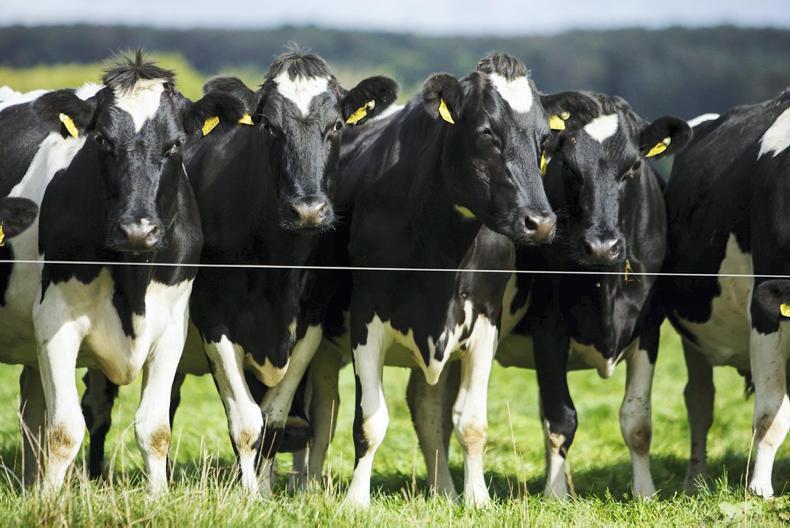
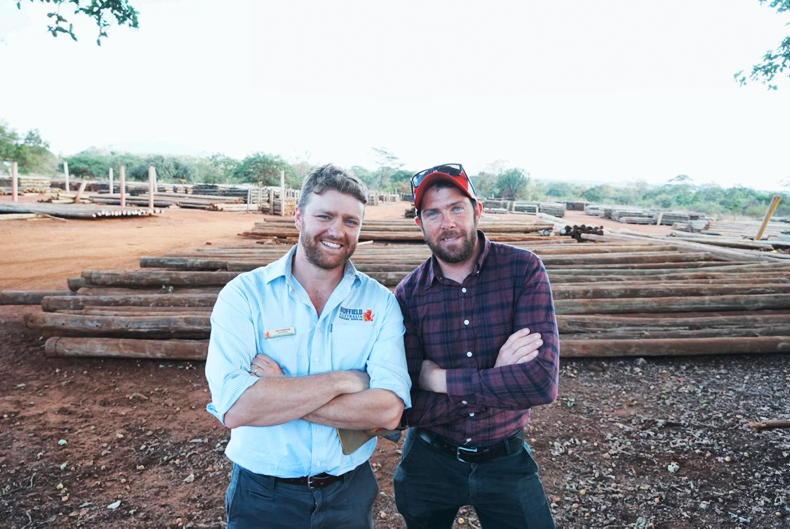

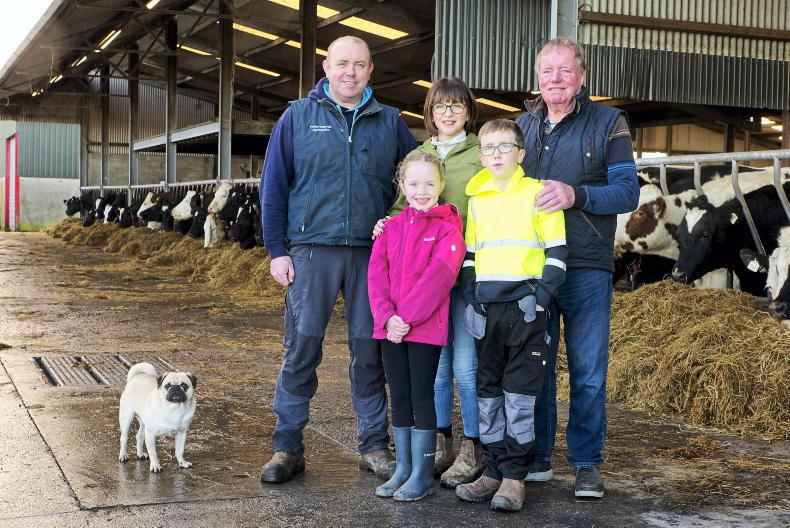
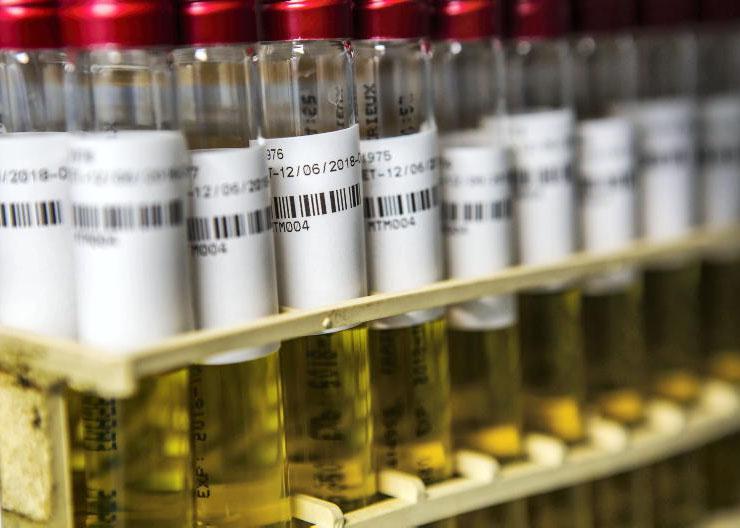
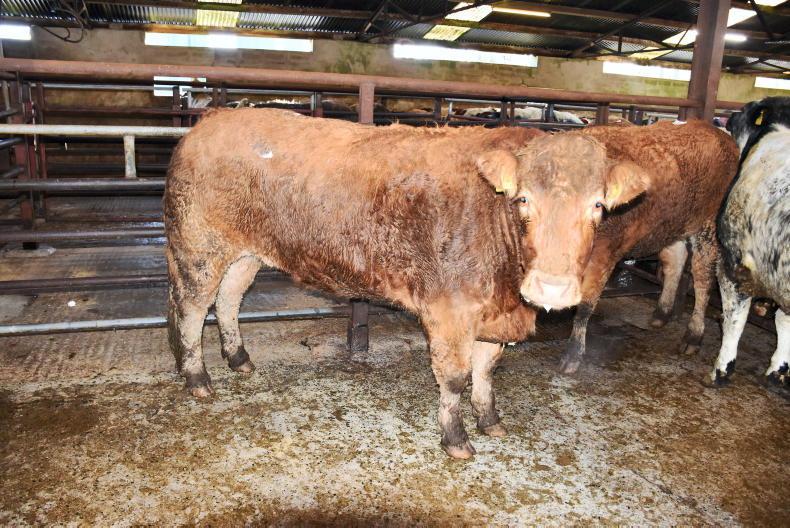
SHARING OPTIONS